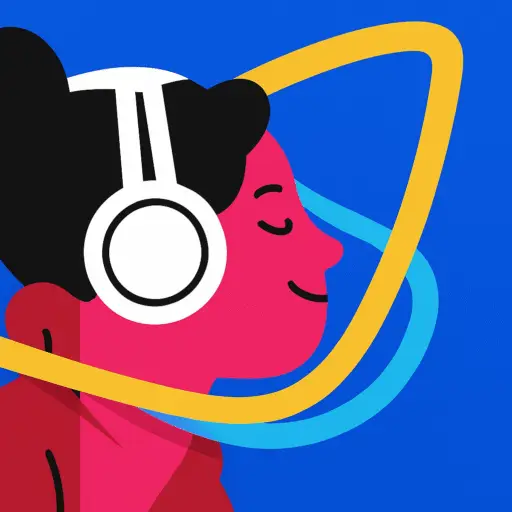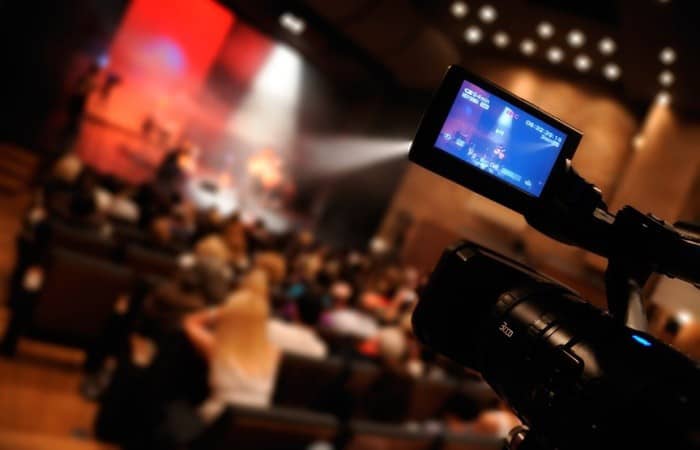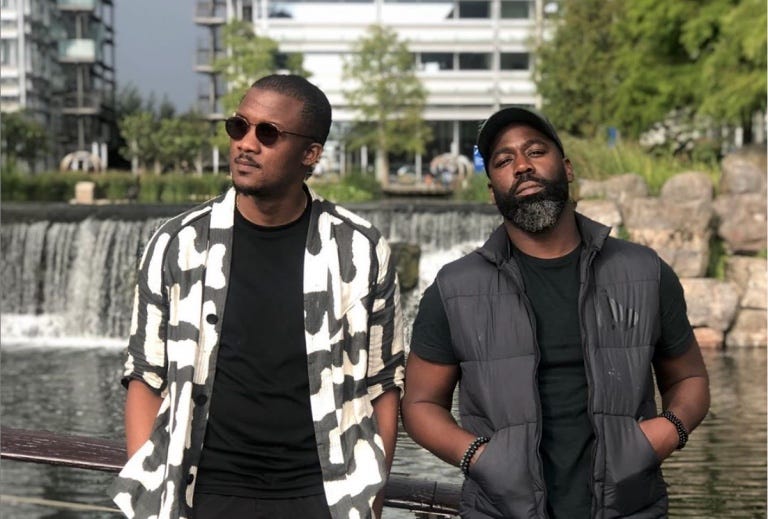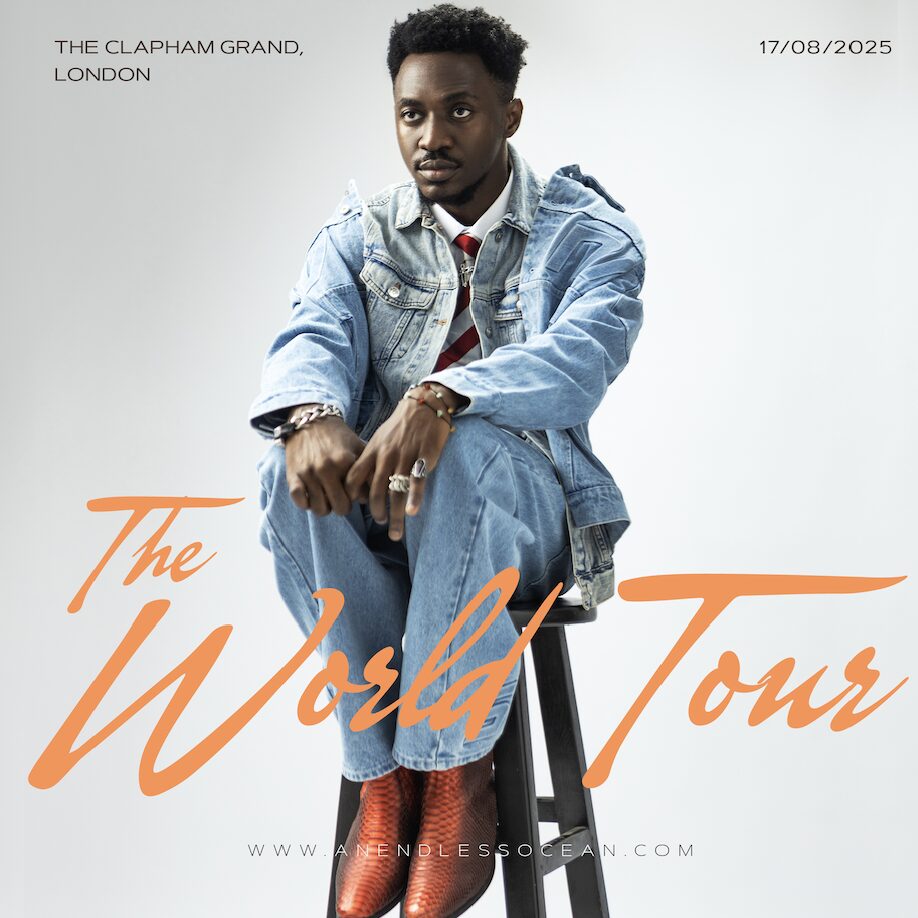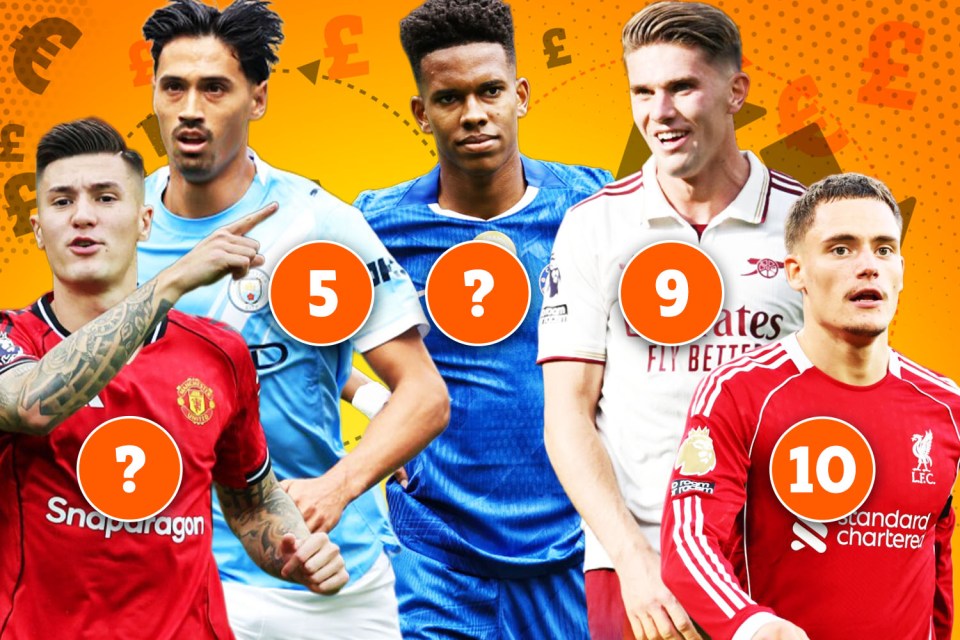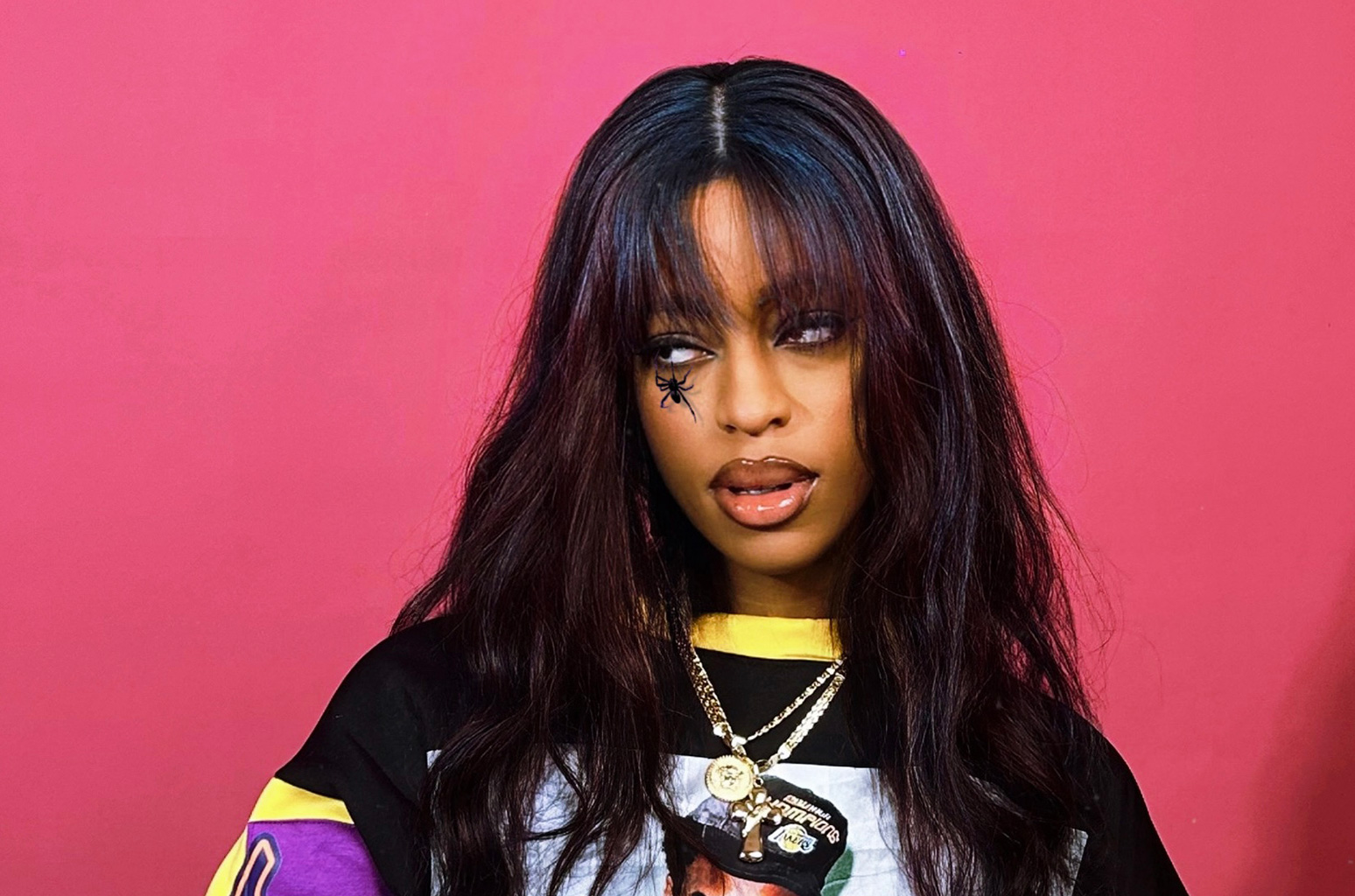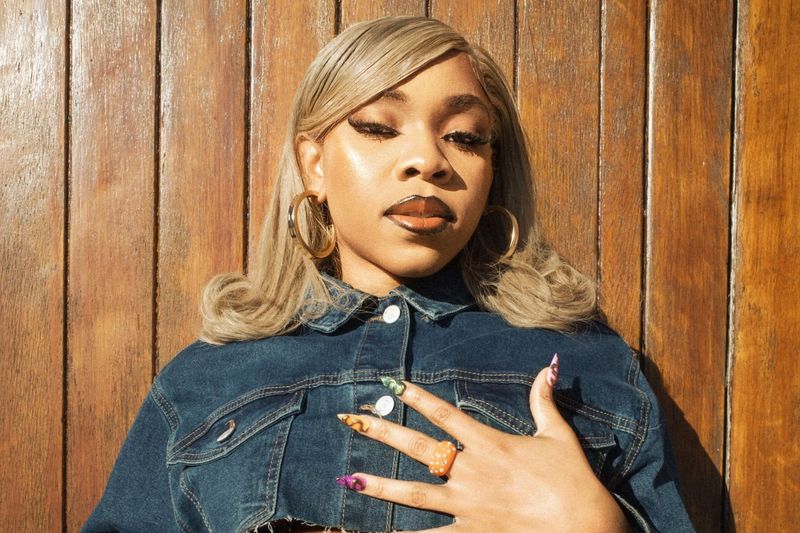Being great on stage is just the start. Being a great musician is half the job. The other half is being heard in interviews, on socials, and in moments that shape a public story. Your fans want a connection, not only with your sound, but with your story, your thinking, and the person behind the lyrics.
Media training helps artists shape that connection. It’s focused on coaching that teaches how to turn raw truth into clear, memorable communication, protect your message, and amplify what makes you unique in interviews, livestreams, panels and social posts.
All these are so that listeners not only stream a song, but they also remember the person behind it.
What media training actually teaches
At its core, media training helps you clarify three things: what you want to say (your core messages), how to say it (voice, timing, body language), and how to handle the unexpected (tough questions or a PR bump in the road).
Exercises often include message-mapping, mock interviews, on-camera practice and role-play for crisis scenarios. The results are practical skills on crises without losing composure, tighter interviews, fewers misquotes, and more authentic moments that resonates with fans.
Good media training moves beyond scripted lines. It helps artists connect authenticity to context, like knowing what to say for a late-night TV spot vs. an intimate podcast; what resonates in one country but needs rephrasing in another; and how to tell personal truths without oversharing. In today’s era, social media amplifies everything, so training also teaches platform literacy: what works on TikTok is very different from what would work in a feature profile on Urban Central.
Tell the story, don’t recite the press release
Storytelling is everything. Reporters and podcasters are hunting for moments that reveal a rehearsal ritual, an unlikely inspiration, a turning point. Training can teach marginalised creators and activists to frame their experiences in ways that change perception and policy, not just win headlines.
Institutions and initiatives that coach activists and artists emphasise concise, human-first storytelling: a clear challenge, a choice, and an outcome to give journalists the quotes they need while remaining genuine and memorable.
That kind of structure turns listeners into loyal fans who empathise and act.
Social platforms demand speed and consistency: an Instagram Live or a surprise interview can travel worldwide in minutes. Media training teaches how to adapt a message to each medium as what works in a long podcast won’t in a 30 second clip. It also teaches how to keep control of your narrative across channels.
Basically, content is everywhere, so clarity matters more than ever.
How artists actually train
Many artists combine formal courses like music business and PR classes with hands-on coaching such as mock press junkets, camera drills, and feedback on tone and posture. Managers and labels often bring in specialists for big releases or tours; indie artists can practice with friends, record and review interviews, or take short online modules to build the same muscle.
The goal is always the same: authentic, confident communication that supports your music.
Small, high-impact practice tips
- The 15-second hook to practice a one-sentence opener that captures the song’s heart by leading with your main point.
- The 30-second story — a short anecdote (studio moment, lyric origin) you can drop into interviews.
- Bridging — learn to answer briefly, then steer toward your message (e.g., “That’s true…and what I’m excited about is…”).
- Practice presence with eye contact, small gestures, and vocal variation matter more on camera than you think.
- Tailor to the outlet to know whether you’re speaking to music fans, industry press, or a broader audience and adjust tone.
- Respect the writer with timely, thoughtful responses to interviewers, build long-term relationships that open doors.
- Distill your album into three phrases you want repeated.
These tactics are simple but amplify how fans perceive an artist’s intent and credibility.
When an artist has media training, interviews become more revealing and less performative. This isn’t about crafting an image that isn’t you; it’s about giving your genuine voice room to be heard. For music lovers, that means richer interviews, truer stories behind the songs, and moments of connection that deepen fandom — not canned PR. And for artists, it’s another tool for making sure the world hears you clearly without losing mystery, and that’s good for music and culture alike.
